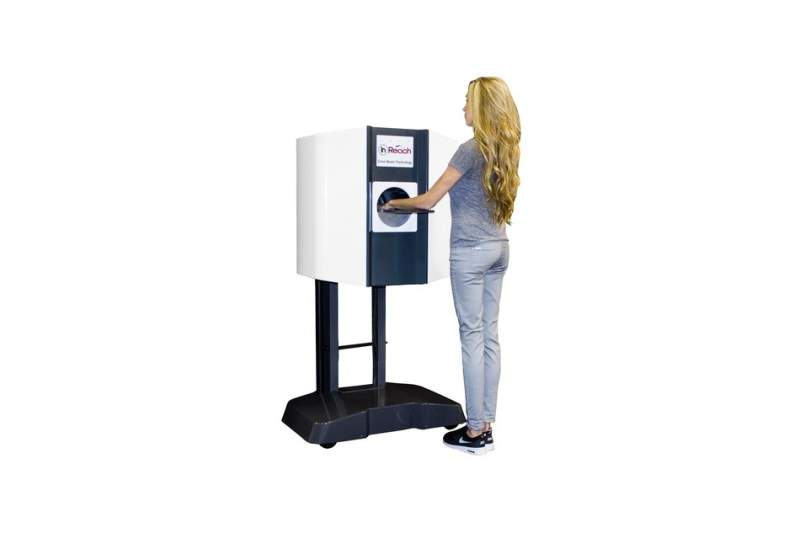

The US Food and Drug Administration (FDA) has granted 510(k) clearance to CurveBeam for using its InReach cone beam CT imaging system in upper extremity conditions.
Mainly designed for hand, wrist and elbow, the InReachsy stem can provide high-contrast 3D datasets of bony anatomy that could replace radiographs as the first line of diagnosis. It can also be used for lower extremities in non-weight-bearing positions.
The ultra-compact CT scanner is suitable for use in point-of-care due to its small footprint, self-shielded design, and standard power requirements.
Point-of-care 3D imaging enables faster diagnosis and more accurate treatment plans.
CurveBeam president and CEO Arun Singh said: “The InReach will revolutionise the speed and accuracy of assessment of upper extremity conditions that specialists have traditionally found challenging to diagnose with plain X-rays, including scaphoid fractures.
See Also:
“The InReach continues the company’s mission to elevate advanced diagnostic imaging capabilities to enhance orthopaedic care.”
How well do you really know your competitors?
Access the most comprehensive Company Profiles on the market, powered by GlobalData. Save hours of research. Gain competitive edge.

Thank you!
Your download email will arrive shortly
Not ready to buy yet? Download a free sample
We are confident about the unique quality of our Company Profiles. However, we want you to make the most beneficial decision for your business, so we offer a free sample that you can download by submitting the below form
By GlobalDataCurveBeam further noted that its InReach system can accommodate lower limb imaging capability.
It requires less than 30 seconds to complete a scanning.
InReach device is supplemented by CurveBeam’s custom visualisation software, CubeVue, which offers orthopaedic specialists improved access to multi-planar slices and different 3D renderings of the anatomy.
CubeVue’s Insta-X feature also offers digitally reconstructed radiographs, potentially eliminating the need for radiographic examinations altogether.
Currently, CurveBeam is involved in the development of its next generation multi-extremity device, LineUP, which will provide bilateral weight-bearing images of the knees in addition to feet, hands, wrists and elbows.
The device is expected to go for FDA review by July.
Image: CurveBeam’s InReach cone beam CT imaging system. Photo: courtesy of CurveBeam.



